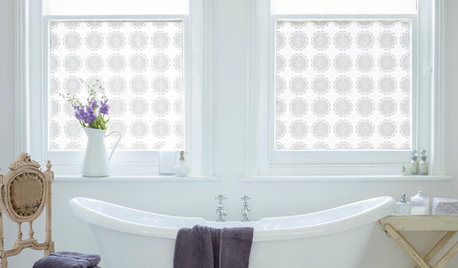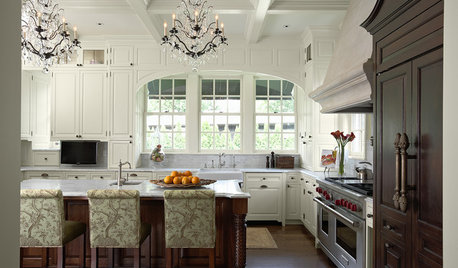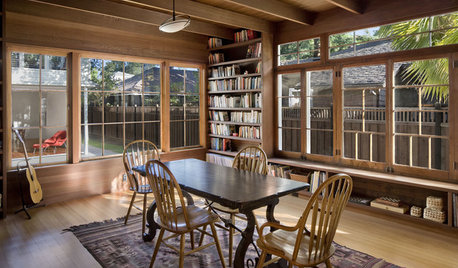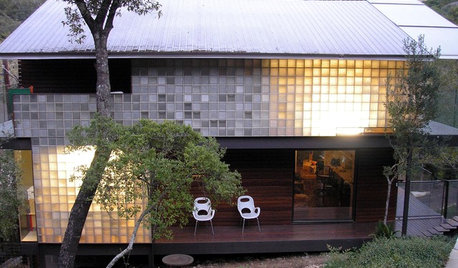So after glazing with Dap 33 for the first time, I got a wicked headache. Maybe it was a coincidence, but I think bending over and inhaling all those aliphatic hydrocarbons while I glazed *probably* had something to do with it. I still have something like 35 windows to go, not counting 3 on the garage and some cellar sash just for kicks, so I'm looking for a better way.
This Allback glazing putty looks like it's just linseed oil and lime. I'm quite taken with the description of its use and performance in this post from another blog, especially the bit about the old linseed formula lasting 300 years in the Nixon house. I am quoting here, but pasting in the link to the orignial thread, hopefully that's ok webiqette:
From: http://www.diychatroom.com/f4/removing-putty-old-windows-glass-replacement-30292/
"Bumping an old thread to clarify some mis-information.
First off.
There is no product in existence today that can replace Traditional Glazing Putty.
The material is designed to be a flexible bond between 2 very dissimilar material for many many many years.
Now you may say that Caulking does just that....sure....maybe for 10 years if you're lucky. Then it has to be replaced after it fails horribly.
Now I know of a building in the Eastern seaboard that has the ORIGINAL putty still intact since the 1640's.
The key is that putty needs new oil added to it ever 5-7 years to keep it flexible. If that is done...there is no reason that putty won't last 1000 years.
It is a fact that the Nixon family (yes...THAT Nixon) home has records of the window glazing putty being re-oiled every 5 years for the last 300 years. It is still in near-new condition. And that's afters centuries of rain and winters being thrown at it.
I don't know of a SINGLE Caulk-type product that can boast a track record even close to that.
Now Real glazing putty is a mixture of high calcite Lime and Boiled Linseed oil (higher grade the better). It is NOT Clay.
The higher the Calcite content...the better. ie: less than 5% Magnesium content.
How it Dries and Cures are 2 very different things.
First off...the Oil is a drying oil. It Oxidizes and dries in the mix after about a week of environmental exposure.
Next is the Cure process. This happens when the Lime is exposed to the Carbon Dioxide in the air. The Lime reverts back into it's original Calcium Carbonate (Limestone) form in about a Year time, if it's painted with a Latex. If it is sealed with an Oil based paint. Full cure time is stretched to about 30 years.
Now you want the Putty to remain flexible to continually compensate for the 2 dissimilar materials expanding at different rates. So the longer it takes to fully cure...the better.
Hence why the 5-7 year schedule of re-applying linseed oil is such a good idea. It keeps the putty flexible for centuries.
Just paint on a layer of linseed oil right over the painted glazing surface. It will soak right in and do it's job.
Note: a little bit of a note about the wonder-material of Lime is that it's Self-Healing. If any Micro-cracks form in the lime, they heal themselves closed again. Because that micro-crack is then exposed to the air. The lime absorbs carbon-dioxide and carbonates faster and grows tiny calcium carbonate crystals to fill the crack.
There aren't any Caulk products on the market that Self-Heal.
Now. You ask how to REMOVE old putty that has finally failed after a 100 years of no-maintenance (which is why most people get rid of their heritage windows).
Simple: A little mixture of House-hold Chlorine Bleach and Raw Linseed oil.
Put it on the window glazing putty (with the window flat on a table) and let it soak in for about a day.
The Raw Linseed oil will start to work away at the oil-dried out Boiled Linseed oil and start to re-emulsify it.
The Chlorine bleach will start to attack the lime and break it down.
Then take your Roller-Chisel ....
http://www.swedepaint.ca/i/tools/rollerchisel3lg.jpg
http://www.swedepaint.ca/i/tools/rollerchisel3Blg.jpg
http://www.swedepaint.ca/i/tools/rollerchisel3Clg.jpg
... to ride on the flags of the muntin bars to cut out the old putty.
(I am not affiliated with Swede Paint...it's just the only place I know that sells the chisel)
Heating the old putty is a dangerous way of just reactivating the old linseed oil. Most people will have greater than a 30% loss rate of the glass.
Heat-Guns in general should be banned. They output far too much heat for any practical use. They destroy glass and cause the off-gassing of white lead ALL THE TIME. They are also a great way to burn your house down.
Think of this for a moment. 1000*F hot air being blown into a crack around a window architrave and igniting a pile of ant chewed saw-dust. Wood spontaneously combusts at around 575*F.
It's something stupid like 20% of all house fires in the USA are caused by heat-guns.
If I remember right. White Lead based paint turns into lead vapour around 375*F and will kill you.
Heat-Guns are BAD.
Ok. Back onto something happier. lol
Now when you put in new Glazing points (those triangle metal things holding in the glass)
Make sure you get some that are Zinc plated. The Zinc reacts with the lime and self etches the glaze points into the putty for a great bond.
Easiest way to tell if they are not marked on the package....is to look at the colour. Zinc has a slight Blue tint to it. Once you start seeing that Blue tint...you'll never miss it again.
Just like how Stainless Steel has a slight Yellow/Honey tint to it. Once you start seeing it...you Can't-Not-See-It. haha.
Regarding DAP-33. It is not an appropriate product to be using. It takes Forever to dry to a point that is good to paint. It does not have super-longterm flexibility. There are no known chemicals/solutions that will remove it. It is also about the same hardness as Portland Cement once it does cure. It is a Nightmare to try and remove it once it has dried. Plus Good Luck getting it all out without breaking the glass. It's just too hard. It is also not self healing.
The only thing that it is a good for is application ease. It goes on almost the same as Traditional Putty. BUT beyond that it fails in almost all other respects.
Regarding Caulks. They are long term flexible (5-10 years..20 if you are Super Lucky). Application is not easy and clean-up is annoying at best. They also look like crap in a any pre-1700 to 1920 era window. That sharp-cut chamfered edge is what makes the exterior character of a heritage window just pop with class IMO.
IMO nothing can replace Lime/Linseed Putty. To me it's an absolute wonder-material that has been around for the better part of 1000 years. That's the kind of track record that I'm going to trust. Not some New Fangled Product in a tube that has had "5 years of simulated use" put to it. I'll pass on that."
>>>
So, I have to get my hands on linseed oil paint and touch it up every 10 years with linseed oil, but it sounds good to me. On the other hand, maybe this poster is a shill for Allback? Looking at the original post, this writer is affiliated with Heritage Restoration in Ontario, so I wouldn't think they are a shill. Any thoughts out there? Anyone else try something like this?
Here is a link that might be useful: Allback glazing putty





















liriodendron
slateberryOriginal Author
Related Professionals
Clarksburg Kitchen & Bathroom Designers · Haslett Kitchen & Bathroom Designers · Knoxville Kitchen & Bathroom Designers · Leicester Kitchen & Bathroom Designers · Martinsburg Kitchen & Bathroom Designers · Pleasant Grove Kitchen & Bathroom Designers · Queen Creek Kitchen & Bathroom Designers · Oceanside Kitchen & Bathroom Remodelers · Panama City Kitchen & Bathroom Remodelers · Pico Rivera Kitchen & Bathroom Remodelers · Saint Augustine Kitchen & Bathroom Remodelers · Wilmington Kitchen & Bathroom Remodelers · Wilmington Island Kitchen & Bathroom Remodelers · Keansburg Architects & Building Designers · Oak Hill Architects & Building Designers